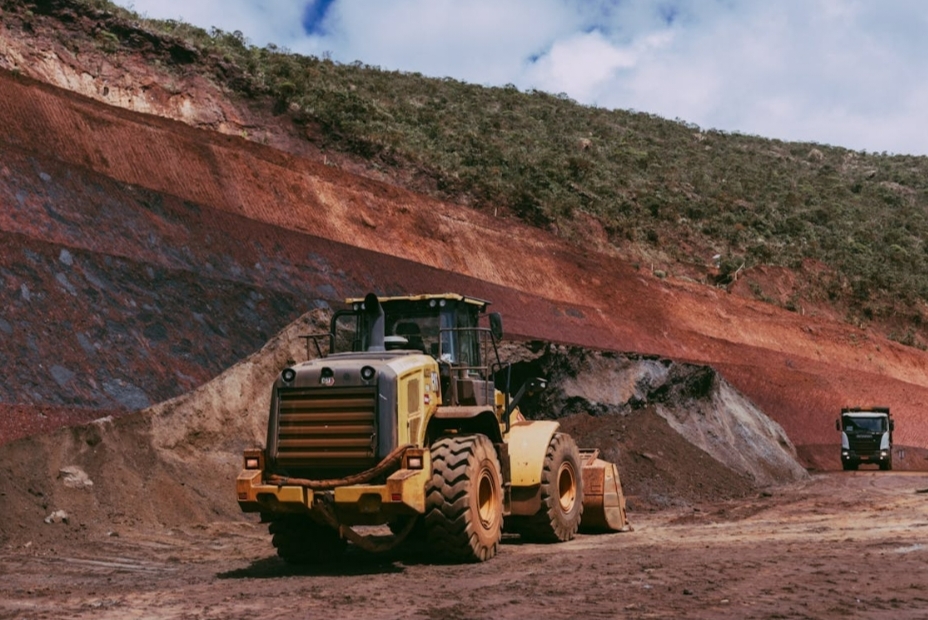Earthmoving: it sounds like something only superheroes or supervillains would attempt, but in reality, it’s the unsung hero of any major construction project. Whether you’re dreaming up a mansion, a shopping centre, or the next big stretch of highway, the magic starts with shifting soil and rock like a pro. Knowing how the earthmoving dance works means you won’t be flummoxed when bulldozers start pirouetting across your property.
Of course, pulling off this feat of soil sorcery takes more than just a shovel and enthusiasm. You’ll need a battalion of heavy machinery, a squad of experts, and a plan sharper than your neighbour’s new hedge clippers. Ready to uncover the five fabulous phases of earthmoving? Let’s (literally) dig in.
Phase 1: Site Assessment and Planning
Put away the crystal ball—earthmoving starts with real science. Professional earthmoving services on the Sunshine Coast will survey, poke, and prod the land to figure out what it’s hiding: rock monsters, rabbit burrows, ancient pipes, and drainage mysteries. If there’s a wrinkle on your property, they’ll spot it.
Next comes plot-twisting paperwork: drawing up plans that make engineers swoon, outlining which machines will star in the show, and wrangling those pesky permits. Forget one, and your project could enter the bureaucratic spin cycle—the kind that varies wildly depending on which bit of Australia you’re building in.
Phase 2: Clearing and Grubbing
Before dreams can rise from the dust, something has to make room—usually a jungle of shrubs, trees, and stubborn stumps. Enter the bulldozers and mulchers, nature’s reluctant stylists. Clearing and grubbing wipes the slate clean, making foundation nightmares less likely to come back and haunt you.
The catch? You can’t just strip-mine willy-nilly. The guardians of native vegetation and local laws are watching, so ethical contractors tread carefully. They’ll separate, sort, and properly dispose of every stick, leaf, and log—Mother Nature would approve (or at least not frown too hard).
Phase 3: Excavation and Grading
This is where earthmoving really struts its stuff. Excavators and graders swing into action, slicing, dicing, filling, and levelling the landscape. Forget sandcastles—this is artistry at massive scale, all to deliver slopes, dips, and surfaces that not only look good but shrug off water like a duck in the rain.
Precision is everything: hitting the exact heights and angles can mean the difference between a building that stands strong and one that leans like the Tower of Pisa. Operators read soil the way sommeliers read wine—they know if it’s too sandy, too clay-rich, or just right for thunderous trucks and dreamy drains.
Phase 4: Compaction and Stabilisation
Now, the soil gets a firm (literally) talking to. Compaction is like sending the earth to boot camp—no settling, no surprises later. Out come the rollers and vibratory gadgets, all working to squeeze out air pockets and ensure the ground underneath is as solid as your contractor’s handshake.
This isn’t guesswork: the soil’s density and moisture get tested with the precision of a TV baking contest finale. Sometimes a little help is needed in the form of stabilisers, adjusting the mixture for the right consistency and strength. The end goal? Foundations that won’t budge, sidewalks that won’t sink, and clients who beam with pride.
Phase 5: Erosion Control and Landscaping
The big move’s done, but nature isn’t known for letting sleeping soils lie. Cue erosion control. Contractors deck out your site with a lineup of silt fences, drainage doodads, and ground covers to keep everything in place through wind, rain, and curious critters.
This phase also gives your project that final polish—think of it as rolling out the green carpet for the next stage of construction. Every surface is smoothed, secured, and ready for whatever comes next. Professionals leave the site neat (or at least as neat as a construction site can be), prepped for progress, and not a weed in sight.
Making the Right Choice for Your Project
Earthmoving isn’t just brute force—it’s a delicate blend of brains, brawn, and bucketfuls of common sense. Professional contractors arrive armed with years of wisdom, insurance that’ll keep you sleeping well at night, and a fleet of muscle machines that look great in action shots.
Sure, you could try DIY dirt-moving—but unless you fancy accidental moats and surprise sinkholes, it’s best left to the experts. Bringing in the pros saves time, money, and a whole lot of stress. That way, your build starts on the firmest foundation possible.
